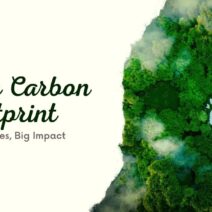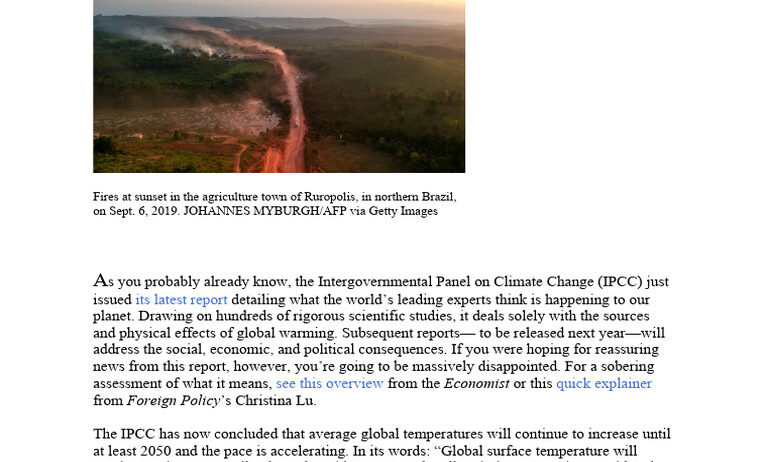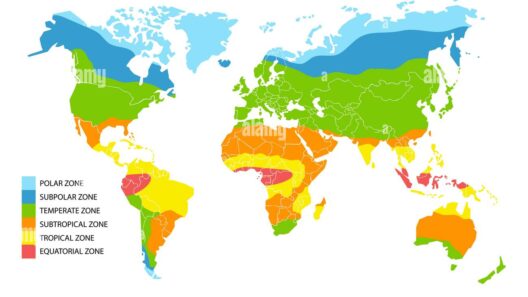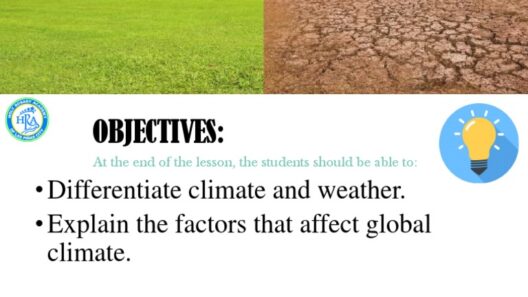Climate change, a pressing global issue, has captivated and horrified scientists, policymakers, and the public alike. Can we really fix it in time? This question reflects a collective anxiety about the future of our planet. While the challenge seems monumental, the discourse necessitates a dissection of various dimensions: the science behind climate change, potential solutions, societal actions, and the urgency driven by empirical data.
The scientific consensus is unequivocal: climate change is real, and human activities—primarily the burning of fossil fuels—are the primary culprits. As greenhouse gases accumulate, they trap heat and induce a cascade of environmental consequences, ranging from increased temperatures to extreme weather events, rising sea levels, and biodiversity loss. The Intergovernmental Panel on Climate Change (IPCC) has articulated that we need to limit global warming to 1.5 degrees Celsius to avert the most catastrophic effects. Yet, current trajectories suggest otherwise, leading to anxiety about whether remedial measures can be implemented with sufficient alacrity.
Addressing this conundrum involves dissecting potential methodologies for abatement. One of the most pivotal avenues is the transition to renewable energy sources. In the last decade, technological advancements have significantly decreased the costs of solar, wind, and hydroelectric power. This shift not only curtails greenhouse gas emissions but also creates employment opportunities and fosters energy independence. Despite initial skepticism regarding the viability of renewables, the accelerating investment and infrastructure developments hint at a robust potential for a clean energy revolution.
However, the transition to renewables is but one facet of a more comprehensive approach to combating climate change. Energy efficiency plays an equally essential role. From retrofitting buildings for improved insulation to optimizing industrial processes, enhancing efficiency can substantially reduce the carbon footprint. It is in the minutiae that we often find the most profound impact. Moreover, support for electric vehicles (EVs) and public transportation systems can significantly mitigate emissions from the transportation sector, which is a major contributor to global warming.
Then there lies the oft-understated role of carbon sequestration—an innovative technology that absorbs carbon dioxide from the atmosphere and stores it underground or in other forms. While still emerging, these technologies possess the potential to rectify some of the damage already inflicted. Research is underway to refine techniques of direct air capture, and coupled with reforestation and afforestation efforts, they could furnish us with a multifaceted approach to balance the climate scales.
Nevertheless, solving climate change transcends just technological interventions; societal engagement is crucial. The inertia rooted in socio-political structures often stifles meaningful actions. Grassroots movements, public opinion, and consumer behavior can exert powerful influence on policy formulation. Participation in local sustainability initiatives, advocating for green policies, and choosing eco-friendly products are straightforward yet profound ways individuals can contribute to combating climate change. The question arises: can the collective action of individuals and communities catalyze substantial change within the timeline demanded by climate science?
Moreover, the role of governments cannot be overlooked. Legislative frameworks that incentivize renewable energy adoption and penalize polluting industries are essential. Carbon pricing mechanisms, such as cap-and-trade systems, can provide economic motivations for emission reductions. International cooperation, manifested in agreements like the Paris Accord, is imperative to create unified frameworks that transcend national interests and prioritize planetary health. Yet, achieving cohesive global action remains hampered by geopolitical tensions, economic disparities, and divergent priorities among nations.
Additionally, the convergence of social equity and climate action introduces another layer of complexity. Vulnerable populations often bear the brunt of climate impacts, exacerbating pre-existing inequalities. As such, climate justice is crucial. This concept stresses the need to implement solutions that promote equity and inclusivity while addressing the systemic inequities that render marginalized communities disproportionately susceptible to climate change. Engaging these communities in decision-making processes ensures that the solutions devised are comprehensive and just.
As we delve deeper into the implications of climate change, the urgency for immediate, cohesive actions becomes evident. The multifaceted approach to solving climate change must integrate technological innovation, social engagement, legislative action, and considerations of equity. While the timeline appears constricted, the urgency acts as a catalyst for creativity and commitment among stakeholders. Time is of the essence, and the collective resolve to foster sustainable practices presents an opportunity to not merely stave off catastrophe but to reshape our societal structures into frameworks that prioritize long-term viability over short-term gain.
In conclusion, while the daunting challenge of solving climate change is fraught with complexities, the convergence of technological, societal, and political strategies undeniably offers a pathway forward. The question of whether we can fix climate change in time hinges on the amalgamation of efforts from individuals, communities, governments, and international bodies. The necessity of immediate action coupled with sustained commitment fosters an indomitable hope that, perhaps, we can bend the arc of climate destiny towards a more sustainable future. What remains crucial is that we galvanize our efforts now to ensure that our ecological legacy is one of resilience and responsibility.








